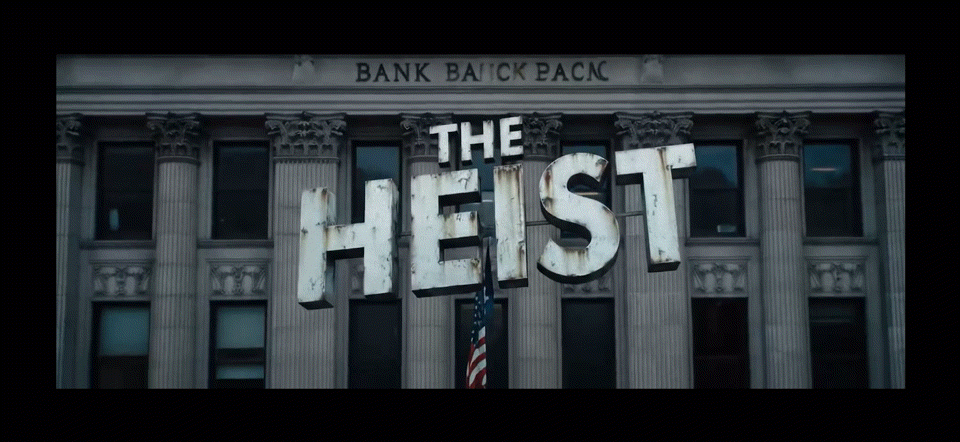Art & Artificial Intelligence & Animal Carcasses
Almost any butcher shop will have huge cuts of meat in the window, often with the bone visible.
Depending on the culture, they’ll show more than just the larger cut of the meat: Skinned animal caracasses, with the head intact. Sometimes still with hooves, feathers, or teeth visible.
Similarly, sushi restaurants are known for seating guests at a bar that overlooks a glass case with the fresh fish on ice.
There are likely cultural explanations for both.
But the real reason is to show the freshness and authenticity of the meat: a display of a full, headed carcass says “this is what you’re getting when you order here.”
Chicken Nuggets (Mc- or otherwise) as well as the McRib live at the first stage of the simulacram: they still attempt to reflect reality.
Artificial meats, like beyond beef take this one step further: they mimic the format (burger patties and sausages) of meat products, aim to be placed in stores next to meat products, and even attempt to replicate the taste and texture.
Restaurants lure us in by telling us their products are handmade. Good booze is small batch.
Local breweries, and their experimental IPAs, thrive.
We’re happy to pay $6 for a flat white from our local cafe because we respect the work and the craft that went into making it. The art on top, imperfections and all, is a testament to the hand-made treatment.
Generative AI is here, getting very good, and rapidly replacing that same level of effort that goes into art. As my friend reminded me this morning, “this is the worst it’s ever going to be.”
Just look at the the video The Heist that Jason Zada created and posted this week: For the most part, it’s visually consistent. It has a defined story. It almost looks “real.” Almost.
And it’s getting mixed reviews. Not because of the product, but because of the process.
The creator, Jason Zada, said it took thousands of iterations. And I have no doubt that it took him hours of prompting, editing, re-prompting, editing, and more to get the final output. The people celebrating it know just how much effort it took to produce.
The people criticising are doing so for the same reason: Because they know how little effort it took to produce compared to a proper shoot with actors, camera operators, sound engineers, and more.
Both sides are right.
But we are very quickly moving to a place where films like The Heist (or the skateboarding squirrel) will be easier than ever to create, and in ways that don’t have doubled wheels on the skateboard or inconsistencies in facial features across scenes.
When everything is slick, easily-produced AI, nothing will stand out. We’ll know how easy it is to create, and we’ll stop caring.
That’s because we place value in something based on the effort required to produce it. Generative AI can replicate the look and feel of something handmade, but it can’t replicate the human effort it took to make it.
As the models themselves begin to collapse by only referencing themselves, we’ll see a degradation of quality.
In this world, a world with a grim future for art, creative products crafted by human hands will stand out and be valued.
But when everything can be copied, how will we leave the head on our creative animal carcasses to show that it was created by human hands? What are the feathers to indicate that the source of this art was a person and not a machine?
PS: Last April I wrote a little more about this topic in a post titled “Ryan Gosling Is The Antidote to Our AI Hellscape.” I still stand by a lot of what I wrote then.
PPS: We criticize AI for brazen intellectual property theft….but I don’t think bloggers are much better. Apologies and SEO juice to everyone I’ve ever snagged photos from to use in a blog post. In this case: Thanks, The Guardian.
PPS: We’ve come a long way from the nightmare-fuel-from-another-dimension that was the earlier iteration of Generative AI.


